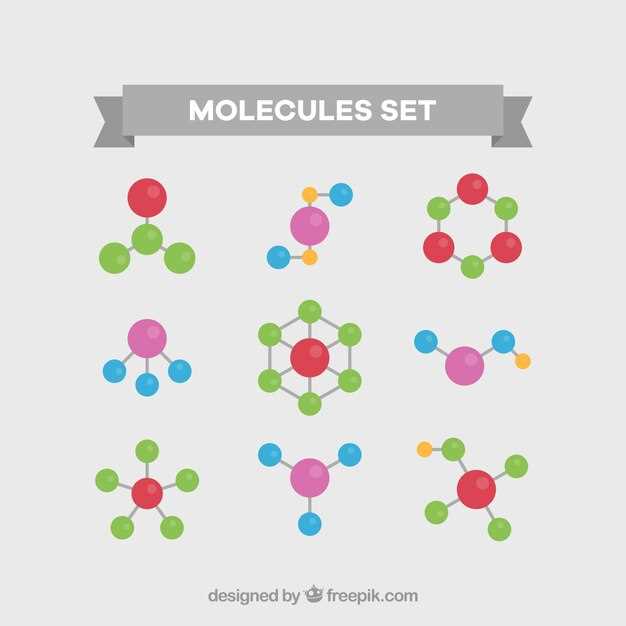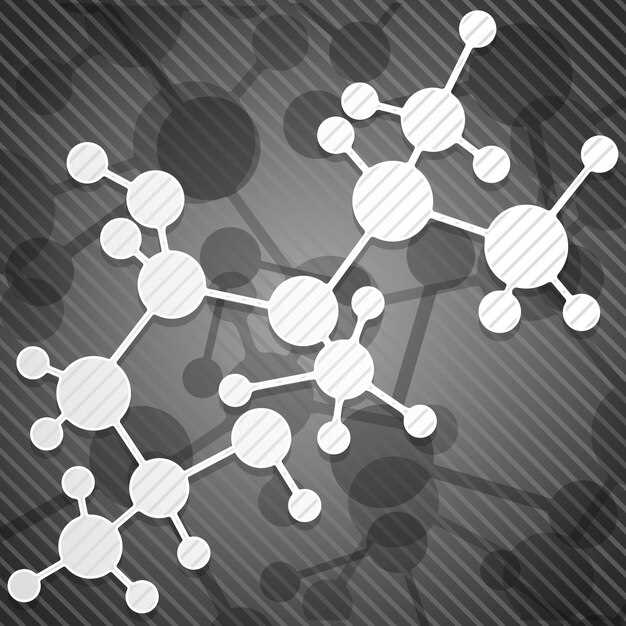
Levothyroxine, also known as L-thyroxine, is a synthetic form of the thyroid hormone thyroxine. Its chemical structure plays a crucial role in regulating metabolism and energy levels in the body. By understanding the intricate details of Levothyroxine’s chemical composition, you can unlock the key to maintaining a healthy thyroid function and overall well-being.
Explore the science behind Levothyroxine and how it can support your thyroid health today.
Chemical Structure
Levothyroxine is a synthetic form of the thyroid hormone thyroxine (T4). Its chemical structure is similar to that of endogenous T4, with the addition of a single chiral carbon atom in the molecule, giving rise to the “levo” prefix. The compound belongs to the class of hormones known as thyroxines. The molecular formula of Levothyroxine is C15H11I4NO4, and its molecular weight is approximately 776.87 g/mol.
Levothyroxine contains four iodine atoms, which are essential for its biological activity as a thyroid hormone. The structure of Levothyroxine allows it to bind to specific receptors in the body, regulating metabolism, growth, and energy production. The compound plays a crucial role in maintaining the body’s overall health and well-being.
Key Structural Features

Levothyroxine is a synthetic thyroid hormone that is structurally similar to the natural thyroid hormone thyroxine (T4). It contains four iodine atoms and is a chiral compound, meaning it has a specific spatial arrangement of atoms. The key structural features of levothyroxine include:
- Presence of four iodine atoms
- Chirality, with the molecule existing in two mirror-image forms (enantiomers)
- Similarity to thyroxine in terms of structure
- Phenol and amino acid functional groups
These structural features play a crucial role in the biological activity and function of levothyroxine. The specific arrangement of atoms, the presence of iodine atoms, and the chirality of the molecule all contribute to its ability to mimic the action of endogenous thyroid hormones in the body.
Key Structural Features
The key structural features of Levothyroxine include a tyrosine core with iodine atoms attached at the 3′ and 5′ positions. This unique structure is essential for the hormone’s function as a thyroid hormone replacement therapy. The presence of the iodine atoms allows Levothyroxine to mimic the action of naturally produced thyroid hormones in the body, regulating metabolism and energy levels.
Importance of Structure in Function
The structure of Levothyroxine plays a crucial role in determining its function in the body. The chemical makeup of Levothyroxine is specifically designed to mimic the structure of the thyroid hormone thyroxine, which is essential for regulating metabolism and energy production in the body.
Optimal Functionality: The precise arrangement of atoms and bonds in Levothyroxine ensures that it can effectively bind to thyroid hormone receptors in the body, allowing it to exert its actions on metabolism, growth, and development.
Enhanced Bioavailability:
Due to its carefully crafted structure, Levothyroxine exhibits high bioavailability, meaning that a significant proportion of the drug can be absorbed and utilized by the body for therapeutic purposes. This enables patients to achieve optimal thyroid hormone levels and alleviate symptoms of hypothyroidism.
Stability and Longevity:
The chemical structure of Levothyroxine also confers stability and longevity to the drug, ensuring that it remains active and effective over extended periods. This feature is critical for maintaining consistent thyroid hormone levels in patients with hypothyroidism, leading to improved clinical outcomes and quality of life.
Medical Uses
Levothyroxine is primarily used for the treatment of hypothyroidism, a condition where the thyroid gland does not produce enough thyroid hormone. It is also used to prevent goiter and treat certain types of thyroid cancer. Levothyroxine works by replacing the deficient thyroid hormone in the body, restoring normal levels and alleviating symptoms such as fatigue, weight gain, and depression.
Treatment of Hypothyroidism
One of the key medical uses of levothyroxine is the treatment of hypothyroidism, a condition characterized by low levels of thyroid hormone in the body. By supplementing with levothyroxine, patients can regulate their metabolism, energy levels, and overall well-being.
Prevention of Goiter
Levothyroxine is also utilized to prevent the development of goiter, an enlargement of the thyroid gland often caused by iodine deficiency or thyroid disorders. By maintaining adequate levels of thyroid hormone with levothyroxine, goiter can be prevented or reduced in size.
Industrial Applications

Levothyroxine, also known as L-thyroxine, is commonly used in industrial applications due to its stability and effectiveness. It is often utilized in the pharmaceutical industry for the production of thyroid hormone replacement drugs. The precise chemical structure of levothyroxine ensures its potency and reliability in these formulations.
Quality Control: Levothyroxine’s chemical structure allows for easy analysis and quality control in industrial settings. Its distinct features and stability make it a preferred ingredient in manufacturing processes.
Drug Formulation: Levothyroxine is extensively used in the production of thyroid hormone replacement medications. Its precise structure plays a crucial role in the efficacy and performance of these formulations, ensuring accurate dosing and patient safety.
Research and Development: The unique chemical composition of levothyroxine makes it valuable for research and development purposes in the pharmaceutical industry. Scientists can rely on its consistent structure for studying thyroid disorders and developing new treatment options.
Industrial Applications
Levothyroxine, with its well-defined chemical structure, plays a crucial role in various industrial applications. One of the key industrial uses of Levothyroxine is in the production of pharmaceuticals. It serves as a key ingredient in medications used to treat thyroid disorders.
Additionally, Levothyroxine is also utilized in the manufacturing of diagnostic tests for thyroid function. Its precise chemical structure ensures accurate and reliable test results, making it an essential component in medical diagnostics.
Furthermore, Levothyroxine is employed in the synthesis of specialty chemicals and in research laboratories for studying thyroid-related conditions. Its role in industrial applications highlights the importance of its chemical structure and the vital functions it serves in various industries.
Synthesis
The synthesis of Levothyroxine involves several key steps. Initially, the starting materials are combined in a controlled environment to kickstart the reaction. The reaction proceeds under specific conditions to ensure the formation of the desired product.
Subsequently, purification steps are carried out to isolate the synthesized Levothyroxine from any remaining impurities. These purification processes are crucial to ensure the final product’s high quality and efficacy.
Key Synthesis Steps:
1. Condensation: The initial step involves the condensation of key precursors to form the core structure of Levothyroxine.
2. Functionalization: Functional groups are introduced into the molecule to enhance its biological activity and ensure proper interaction with target receptors.
